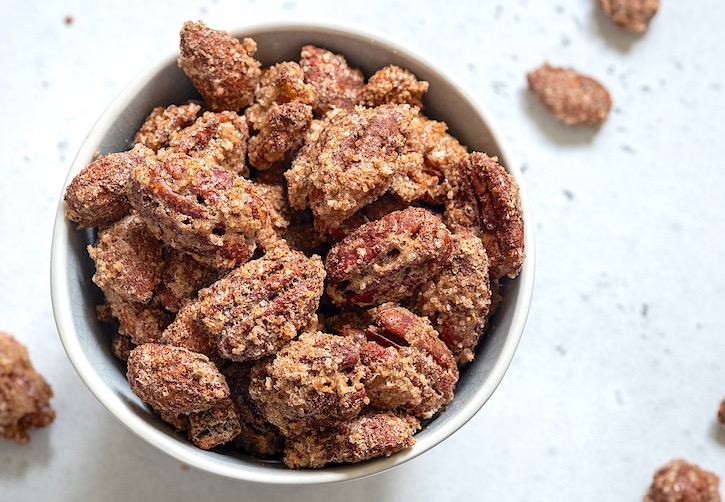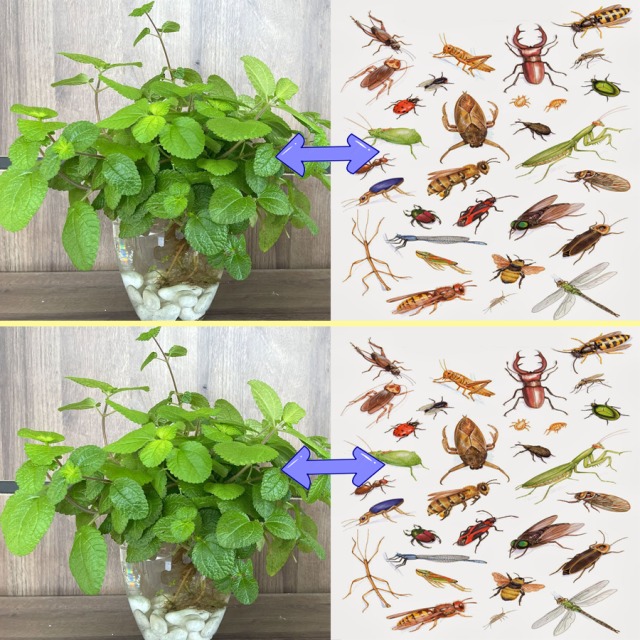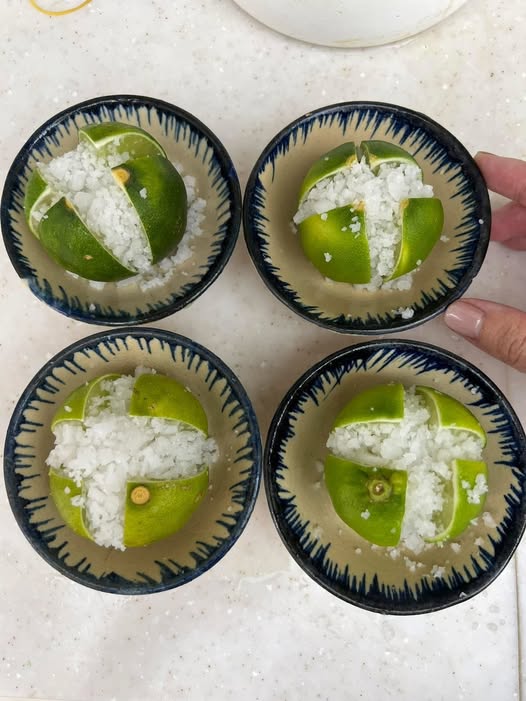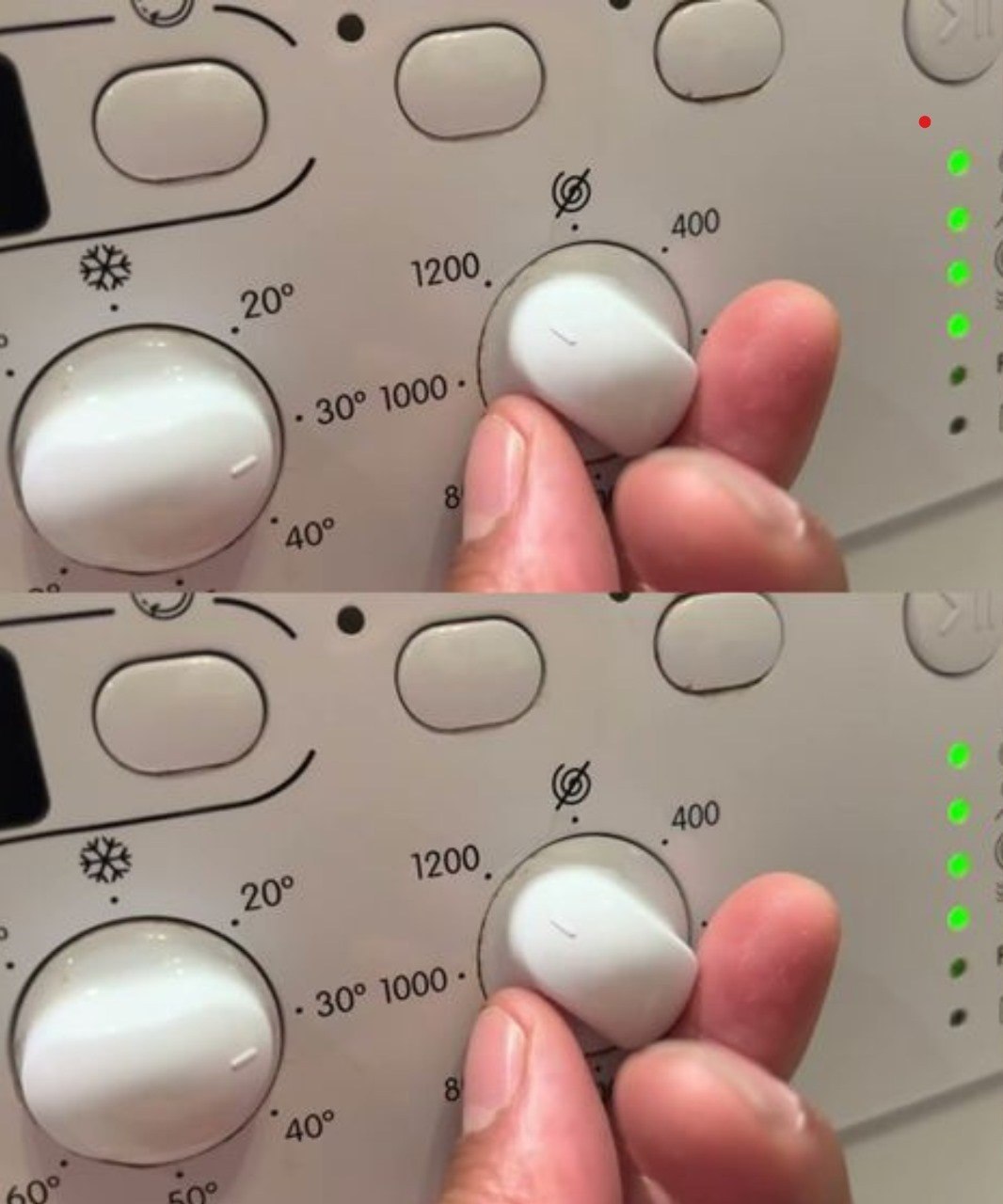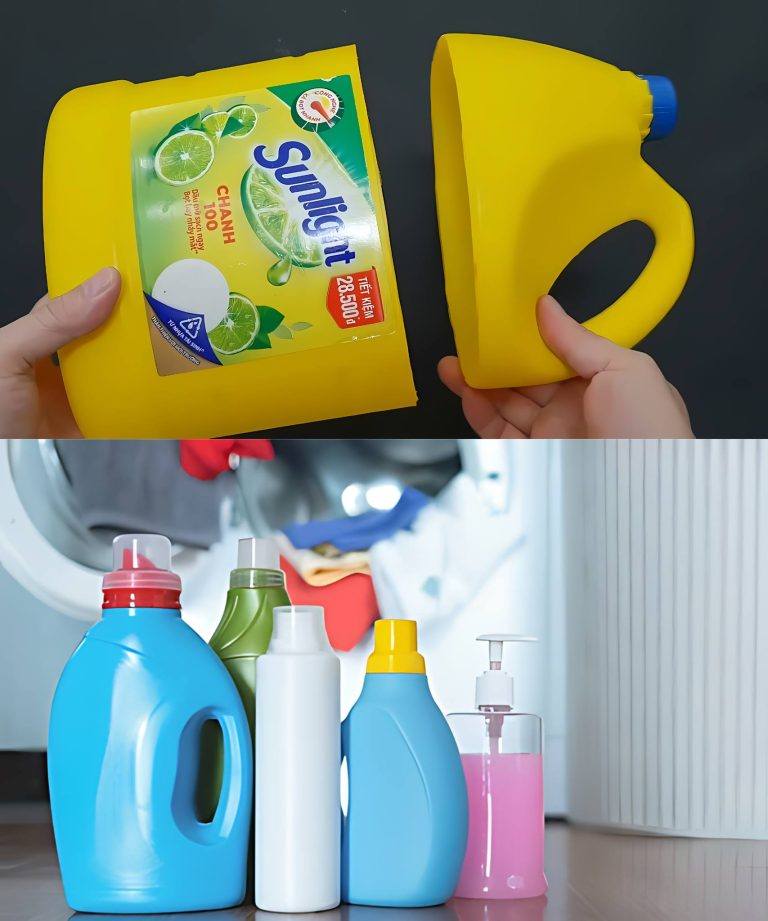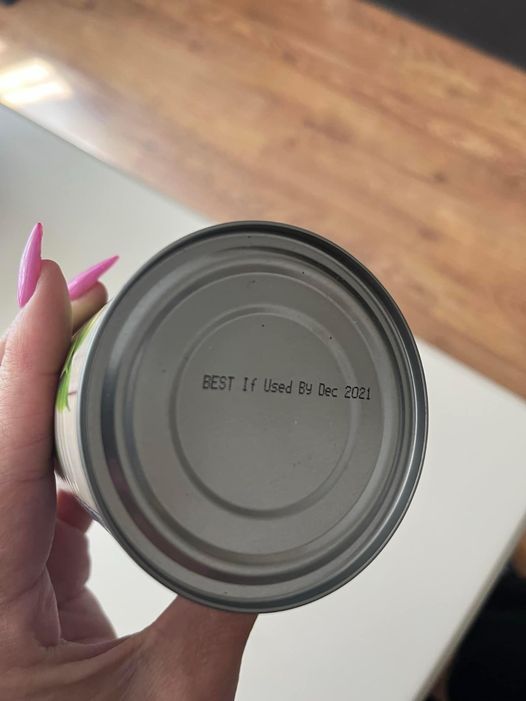
Food expiration dates are an essential aspect of food safety and freshness, guiding consumers in determining the quality and safety of the products they consume. However, understanding these dates can sometimes be confusing, leading to unnecessary food waste or, in some cases, the consumption of expired foods. In this article, we’ll delve into the different types of food expiration dates, what they mean, and how to interpret them effectively to ensure the safety and quality of your food.
Types of Food Expiration Dates:
- “Best By” Date: This date indicates the recommended period for consuming a product to enjoy optimal quality, flavor, and texture. It does not necessarily mean that the food is unsafe to consume after this date, but rather that it may begin to lose its peak quality.
- “Use By” Date: Similar to the “Best By” date, the “Use By” date indicates the recommended date by which the product should be consumed for peak quality. Consuming the food after this date may result in a decline in quality, but it does not necessarily mean that it is unsafe to eat.
- “Sell By” Date: This date is primarily intended for retailers and indicates the last date by which the product should be sold. It does not necessarily reflect the safety or quality of the product for consumption after this date.
DULCE DE LECHE CAKE
Title: Ultimate 10-Minute Strawberry Sponge Cake Recipe from the Tray – A Perfect Dessert for Every Occasion!
Banana Oatmeal Chocolate Chip Cookies
Cranberry Christmas Cake
Mix Apple, Egg, and Yoghurt & Conjure Up a Delicious Treat in Just 15 Minutes!
Put this on the table and blink—it’s gone! My guests just devour it
Homemade Cinnamon Sugar Pecans
Cheese Steak Quesadillas
Egg shells, never throw them away: they are worth their weight in gold when used in the home and garden






